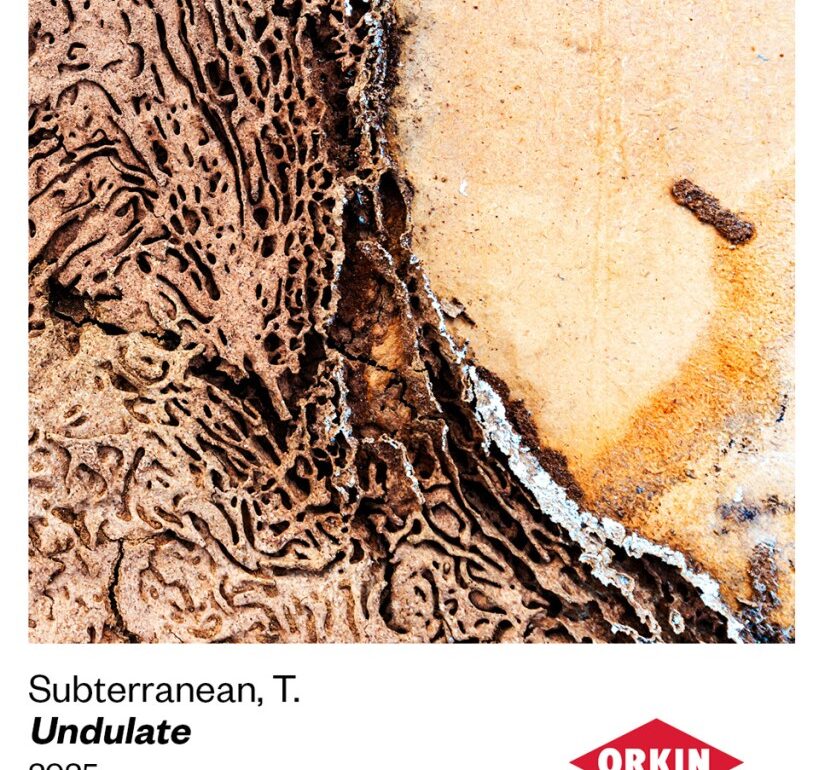Social media is evolving. Are you adapting? Connect with a community of brand pros and content creators at Social Media Week, May 12–14 in NYC, to learn how to keep pace with new trends and technology. Register now to save 20% on your pass.
Swarms of termites—those never-sleeping, constantly-gnawing creepy crawlies—cause $5 billion in damage to American properties each year, per bug experts.
And what the tiny pests leave behind is destruction, no doubt, but on closer look it’s also…beautiful?
Orkin, in its latest category-defying work, launches a new campaign called “Chewed Art” that turns images of termite damage into glossy photos fit for the walls of an upscale gallery.
The limited-edition prints are not for sale, though. They will be doled out to the first 500 consumers who schedule and receive a free termite inspection from the company within the next five weeks.
The work, from agency of record DDB Chicago, aims to hit on multiple cylinders for the legacy brand: breaking out of traditional media and into the experiential and swag realms; serving as an educational vehicle and a conversion tool; and stopping people in their tracks.
Creatives, as part of their ongoing brainstorms, embedded themselves with Orkin’s in-house entomologists, looking for palatable ways to translate their knowledge into marketing programs, according to Amy Gozalka, group creative director of DDB Chicago.
“These experts shared their crazy, weird pictures of termite damage with us, and we said, ‘that kind of looks like art,’” Gozalka told ADWEEK. “It’s like having entomologists as part of the creative and writing teams—then it was just a matter of finding the right photography.”

The behavior of the target audience of young first-time homeowners was also a key component that led to “Chewed Art.”
“They’re decorating and painting and personalizing their living spaces, so we’re incentivizing them with cool art,” Gozalka said. “We grounded the work in insights.”
This post was originally published on this site be sure to check out more of their content






